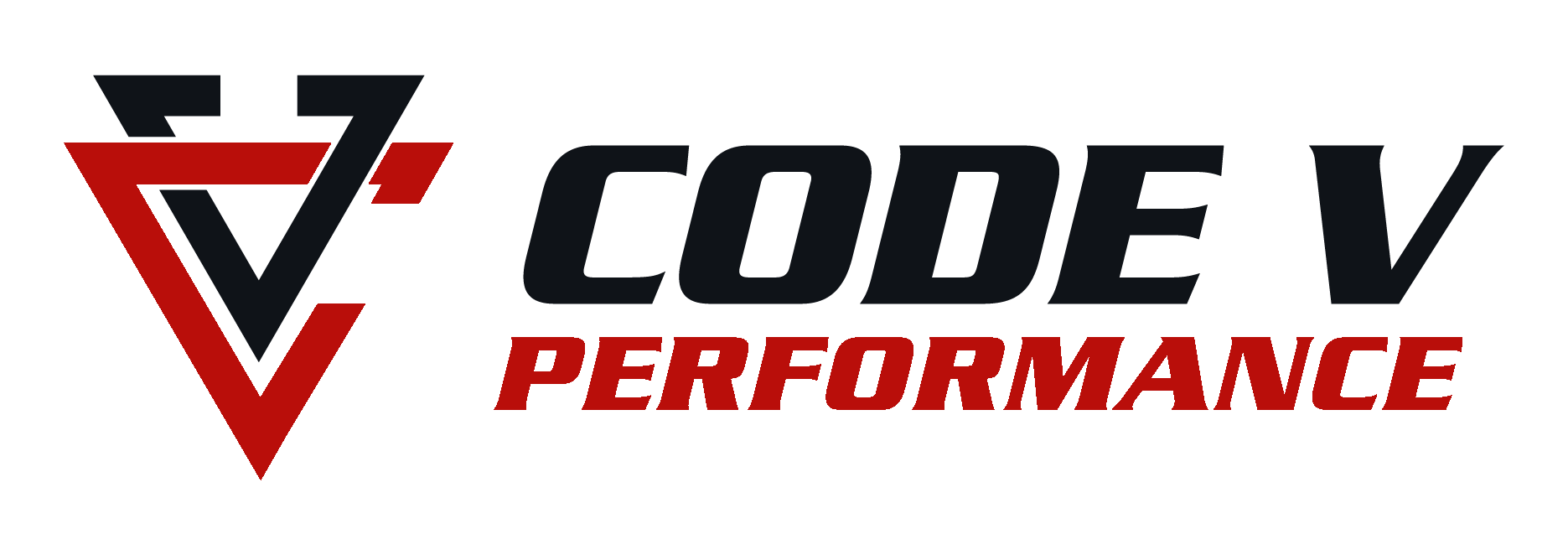Do I need Advanced Muscle Integration Technique (AMIT)?
Sometimes people ask me if they need AMIT. The short answer is “yes”. Now, let me elaborate and you can determine if any of these situations apply to you.
1: Do you have chronic joint or muscle pain that simply won’t resolve? If the answer is yes, then I can almost guarantee that inhibited muscles are part of the problem and AMIT is the solution. I have found that to be true ESPECIALLY in cases where other therapies have failed.
2: Have you had a recent injury? If you have suffered a recent ankle sprain, knee injury, shoulder injury etc. and would like to recover in the fastest way possible, then AMIT is definitely for you! Using chiropractic adjustments to restore proper joint function and AMIT to resolve any resulting muscle inhibition/imbalance to restore proper muscle function around the joint which will help prevent future injury to that joint and breakdown or degeneration of that joint.
3: Do you have limited joint range of motion? One of the hallmark signs of inhibited muscles is a reduced range of motion in your joints. Your body is incredibly intelligent and will do its best to protect itself when possible. If you have muscles that control a particular motion that are inhibited, then your body will do its best to stay away from that movement because it is unstable. Let me give you an example. Let’s assume that the muscles responsible for hip external rotation (best visualized as moving the knee cap toward the outside of the body) are inhibited. In this case, your hip external rotation range of motion will then be limited. After those muscles are activated using AMIT, you will experience increased range of motion at that joint.
4: Do you have chronic muscle tightness? How many people do you know who CONSTANTLY have tight hamstrings? In this case, we almost always find inhibited muscles in the quadriceps. For a little anatomy review - the quadriceps are the muscle in the front of the thigh and their job is to straighten the knee. The hamstrings are on the back of the thigh and their job is to bend the knee. If you are trying to straighten your knee then the quadriceps are the main movers and termed the “agonist”, the hamstrings are the muscles restricting that movement and are termed the “antagonist”. If the agonist (in this case the quadriceps) are inhibited, then they won’t be sending the proper signal neurologically to the antagonist (hamstrings) to RELAX. This is why despite repeated and vigorous stretching, foam rolling and even trigger point dry needling the hamstrings continue to be excessively tight. The muscle inhibition has to be resolved and AMIT is the most effective way to do this.
5: Is your performance lacking? If you have been training consistently, but have reached a plateau, then it is possible that muscle inhibition is a contributing factor. In the book “The 4 Hour Body” Tim Ferris writes that he had an immediate 15% increase in strength after his first AMIT session. I have seen the same results in my practice. It seems logical that if muscles are not firing properly, you can’t possibly be performing maximally. Once the muscles are firing properly under load and you are able to use your muscles synergistically, then an improvement in strength and power will result.
Now you tell me - do you need AMIT??
“Take care of your body. It’s the only place you have to live.”

